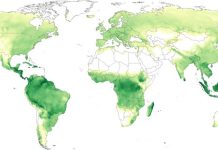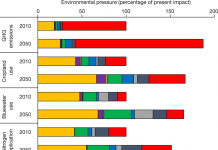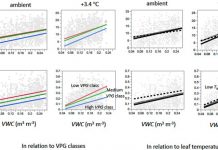It has been suggested that conversion to organic farming contributes to soil carbon sequestration but until now a comprehensive quantitative assessment has been lacking. Therefore datasets from 74 studies from pairwise comparisons of organic vs. nonorganic farming systems were subjected to metaanalysis to identify differences in soil organic carbon (SOC). We found significant differences and higher values for organically farmed soils of 0.18 ± 0.06% points (mean ± 95% confidence interval) for SOC concentrations 3.50 ± 1.08 Mg C ha−1 for stocks and 0.45 ± 0.21 Mg C ha−1 y−1 for sequestration rates compared with nonorganic management. Metaregression did not deliver clear results on drivers but differences in external C inputs and crop rotations seemed important. Restricting the analysis to zero net input organic systems and retaining only the datasets with highest data quality (measured soil bulk densities and external C and N inputs) the mean difference in SOC stocks between the farming systems was still significant (1.98 ± 1.50 Mg C ha−1) whereas the difference in sequestration rates became insignificant (0.07 ± 0.08 Mg C ha−1 y−1). Analyzing zero net input systems for all data without this quality requirement revealed significant positive differences in SOC concentrations and stocks (0.13 ± 0.09% points and 2.16 ± 1.65 Mg C ha−1 respectively) and i







